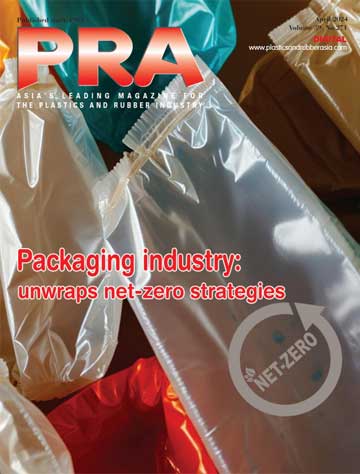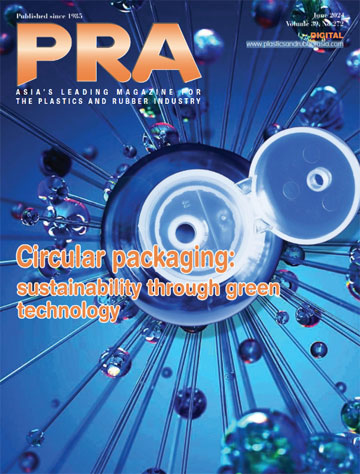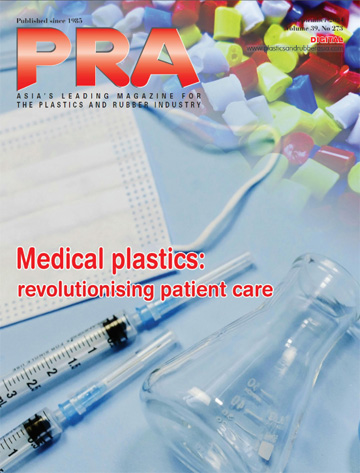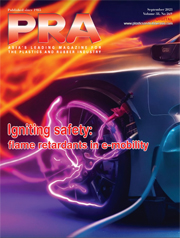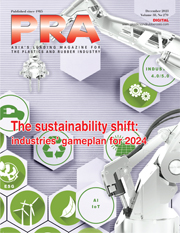Recycling: Living in a plastic world; tackling the plastic pollution problem
With the growing onslaught of plastics pollution, the Nanyang Technological University, Singapore (NTU Singapore) is researching ways of recycling and reusing plastics, as well as addressing major bottlenecks faced when recycling plastics. Researchers have re-purposed e-waste plastics to grow “mini tumours” for laboratory testing in research and healthcare applications; converted hard-to-recycle plastic waste into hydrogen and carbon additives for polymer foams used in cushioning and developed a method to break down plastics into valuable compounds using light.
Plastic pollution has emerged as one of our most pressing environmental issues with the increasing use of disposable plastics. As they are nonbiodegradable, plastics accumulate in the environment, altering habitats and natural processes. Millions of wildlife are also trapped by plastic waste every year.
When plastics break down, they release toxic compounds that contaminate the environment. They also disintegrate into small pieces of plastic called microplastics.
Microplastics are now found all over the globe and are linked to severe health effects such as metabolic disorders and organ damage.
Recycling the way forward
Recycling plastics reduces the amount of plastic waste that would otherwise be discarded and conserves natural resources. However, only about 10% of plastic is currently recycled around the world. The figure is low in part because recycling some types of plastic, such as e-waste and marine plastic litter, is difficult. Chemical reactions that break down plastics into simpler components to be reused are also energy intensive.
From using e-waste plastics to culture cells to developing a greener method that breaks down plastics, researchers at NTU Singapore are solving some of the biggest challenges that stand in the way of recycling plastics and making strides in reducing plastic pollution.
Repurposing e-waste plastics to grow “mini tumours” for laboratory testing
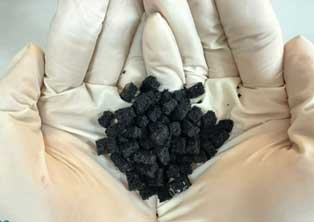
Plastics comprise a large portion of electronic waste (e-waste), and rapid technological advances, and high consumer demand drives its growing use in electronics. According to a UN report, the generation of e-waste is rising five times faster than the official recycling rate figures show. In 2022, e-waste generated 17 million tonnes of plastic globally.
Single-use plastics are also widely used in research and healthcare applications such as cell culture.
Acrylonitrile butadiene styrene (ABS) is an e-plastic commonly used in the housings of devices such as keyboards and laptops. Repurposing plastics such as ABS for high value biomedical applications could be an attractive waste-to-resource strategy for effectively reducing plastic waste.
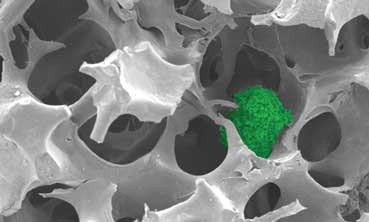
NTU scientists have developed a synthetic matrix to culture cells using ABS from discarded keyboards. The matrix is porous like a sponge and functions as a support structure, providing a framework for cells to attach and grow.
The matrix can culture spherical clusters of cells, called cancer spheroids, whic resemble actual tumours. Due to their 3D shape, these “mini tumours” more accurately represent tumours than conventional cell cultures.
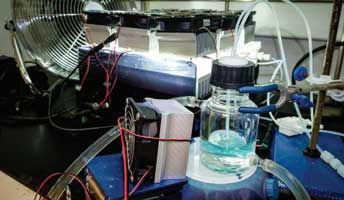
To fabricate the matrix, the scientists dissolved plastic scraps from discarded keyboards in an organic solvent, acetone and poured the solution into a mould.
The matrix supported the growth of breast, colorectal and bone cancer spheroids. The cancer spheroids had properties similar to those grown using commercially available matrices and may be used for biomedical applications such as drug testing.
(PRA)SUBSCRIBE to Get the Latest Updates from PRA Click Here»

